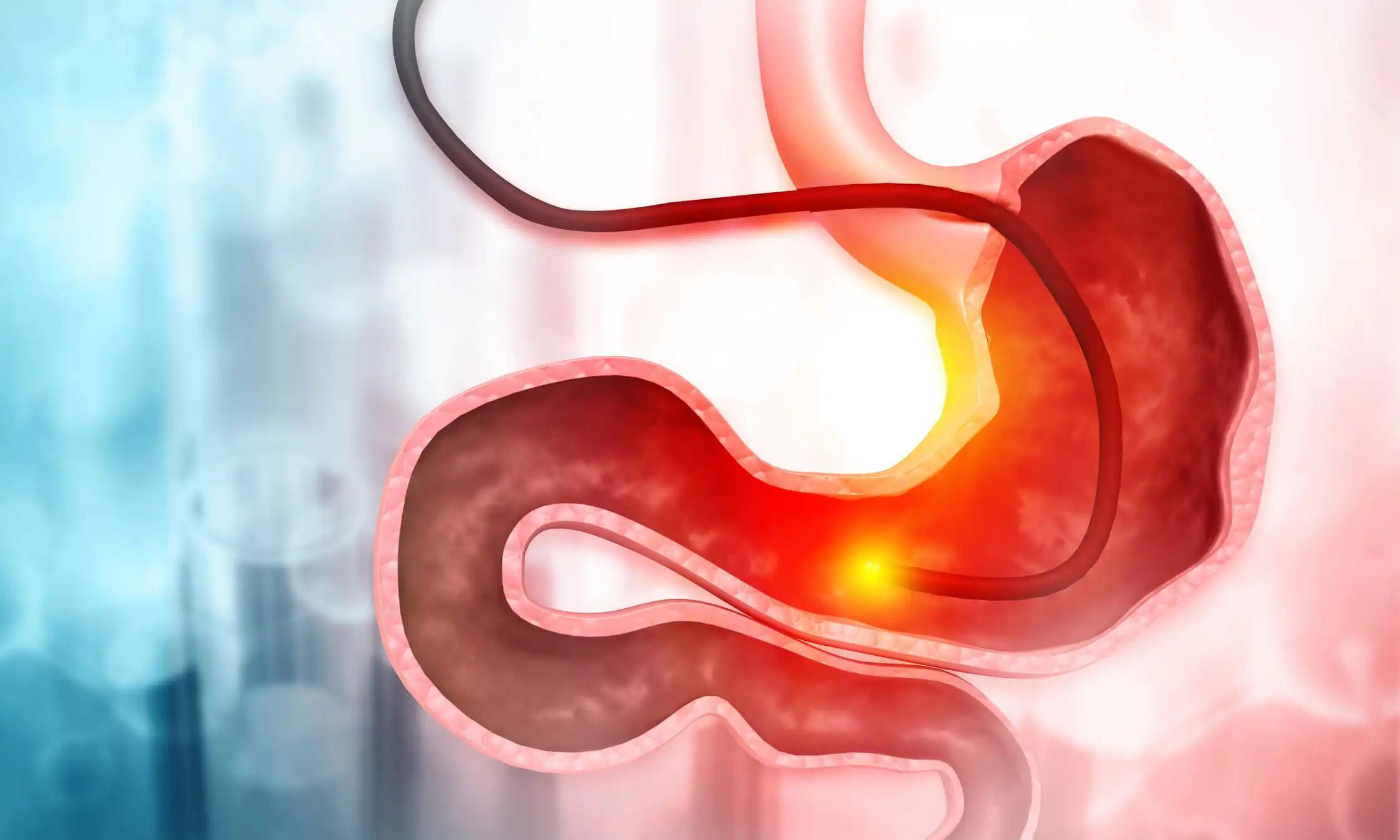KEY TAKEAWAYS
- The study aimed to develop a pathomics-driven model to predict ICI response in GC using H&E-stained WSIs.
- Researchers noticed the pathomics-driven ensemble model’s high accuracy in predicting ICI response, suggesting its potential as a valuable tool for precision immunotherapy in GC.
Only a subset of patients with gastric cancer (GC) experience long-term benefits from immune checkpoint inhibitors (ICIs). Currently, there is a deficiency in precise predictive biomarkers for ICI efficacy.
Zhen Han and the team aimed to address this gap by developing and validating a pathomics-driven ensemble model for predicting the response to ICIs in GC, utilizing H&E-stained whole slide images (WSI).
They performed an inclusive analysis in this multicenter study, retrospectively collecting and analyzing H&E-stained WSIs and clinical data from 584 patients with GC. An ensemble model, integrating four classifiers: least absolute shrinkage and selection operator, k-nearest neighbors, decision trees, and random forests, was developed and validated using pathomics features to predict the therapeutic efficacy of immune checkpoint inhibition.
Model performance was evaluated using metrics including the area under the curve (AUC), sensitivity, and specificity. Additionally, SHAP (SHapley Additive exPlanations) analysis was utilized to explain the model’s predicted values as the sum of the attribution values for each input feature. Pathogenomics analysis was employed to elucidate the molecular mechanisms underlying the model’s predictions.
The pathomics-driven ensemble model effectively stratified the response to ICIs in the training cohort (AUC 0.985 (95% CI 0.971 to 0.999)), which was further validated in the internal validation cohort (AUC 0.921 (95% CI 0.839 to 0.999)), as well as in external validation cohort 1 (AUC 0.914 (95% CI 0.837 to 0.990)), and external validation cohort 2 (0.927 (95% CI 0.802 to 0.999)).
The univariate Cox regression analysis revealed that the prediction signature of the pathomics-driven ensemble model was a prognostic factor for progression-free survival in patients with GC who underwent immunotherapy (P<0.001, HR 0.35 (95% CI 0.24 to 0.50)) and remained an independent predictor after multivariable Cox regression adjusted for clinicopathological variables, (including sex, age, carcinoembryonic antigen, carbohydrate antigen 19-9, therapy regime, line of therapy, differentiation, location and programmed death ligand 1 (PD-L1) expression in all patients (P<0.001, HR 0.34 (95% CI 0.24 to 0.50)).
Pathogenomics analysis suggested that the ensemble model is driven by molecular-level immune, cancer, metabolism-related pathways, and was correlated with the immune-related characteristics, including immune score, Estimation of STromal and Immune cells in MAlignant Tumor tissues using Expression data score, and tumor purity.
The study concluded that the pathomics-driven ensemble model demonstrated high accuracy and robustness in predicting the response to ICIs using WSIs. Therefore, it could serve as a novel and valuable tool to facilitate precision immunotherapy in GC management.
The study was sponsored by the China Postdoctoral Science Foundation, the Key-Area Research and Development Program of Guangdong Province, the President Foundation of Nanfang Hospital, Southern Medical University, the National Natural Science Foundation of China, the Guangzhou Basic and Applied Basic Research Foundation, and the Guangdong Provincial Hospital of Chinese Medicie Zhaoyang.
Source: https://pubmed.ncbi.nlm.nih.gov/38749538/
Han Z, Zhang Z, Yang X, et al. (2024). “Development and interpretation of a pathomics-driven ensemble model for predicting the response to immunotherapy in gastric cancer.” J Immunother Cancer. 2024 May 15;12(5):e008927. doi: 10.1136/jitc-2024-008927. PMID: 38749538; PMCID: PMC11097892.



